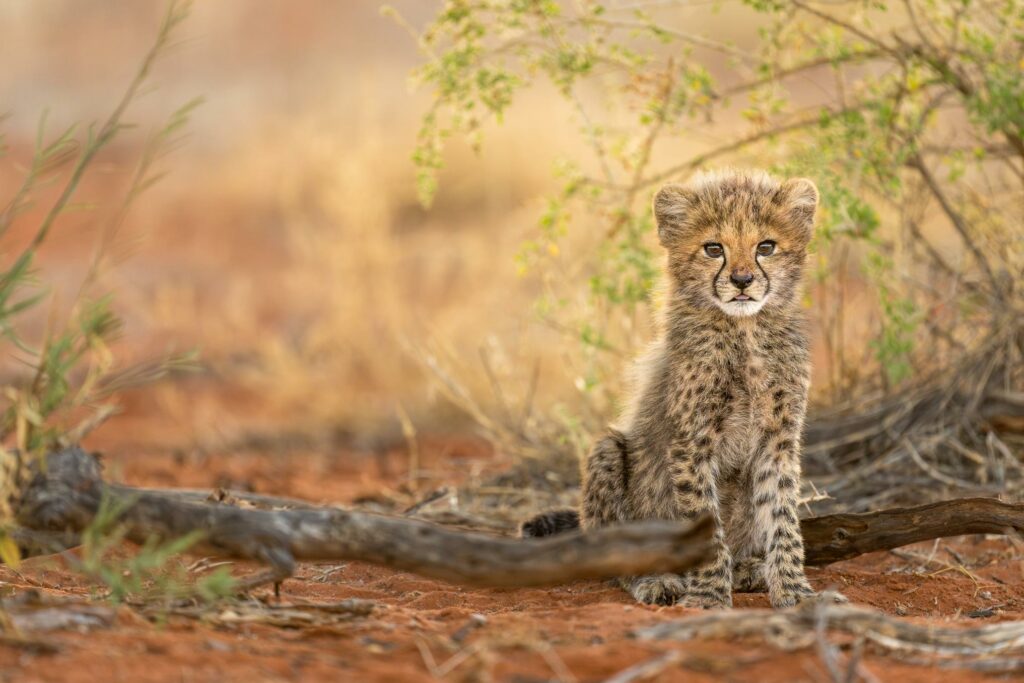AUTUMN 2021
Autumn 2021
by Deirdre Opie, Safari manager
Despite lockdowns and travel restrictions, Tswalu has had a remarkably busy few months and we welcomed many South African guests for the first time. The Motse and Tarkuni have been buzzing!
After the phenomenal summer rains transformed the reserve – the greenest Kalahari in years – the cooler, shorter days of autumn made full-day drives possible again. The chilly evenings did not deter our guests from staying out late on night drives, braving the cold to catch all the nocturnal action. There were some exceptional sightings of the so-called elusive species after sunset, including bat-eared foxes and ground pangolins. Aardvark and aardwolf remained shy. Several of our guests went out at night with Wendy Panaino and Valery Phakoago, two of the researchers based at Dedeben Research Centre, to search for ground pangolin with telemetry equipment.
Mild daytime temperatures meant that walks and horse rides were also very popular, often followed by a picnic lunch or sunset drinks on the dunes. Getting off the vehicle to get a closer look at tracks and other signs left in the Kalahari sand is one of the advantages of visiting us in autumn. Meerkats emerge later, too.
We also had incredible sightings of brown hyenas, including one that we had to view from afar through binoculars and zoom lenses. Not far from the Motse there is a deep mountain cave, which is currently shared by a clan of brown hyenas and a family of porcupines.
One day, while out on drive with Wild Earth’s camera crew, I came across a pair of cheetahs heading towards a shepherd’s tree. The low-hanging branches made it easy for them to climb effortlessly into the tree to mark their territory. Tree-climbing cheetahs? Yes!
I hope you enjoy the stories below, written by some of the guides in my team.
